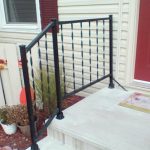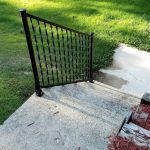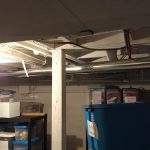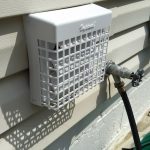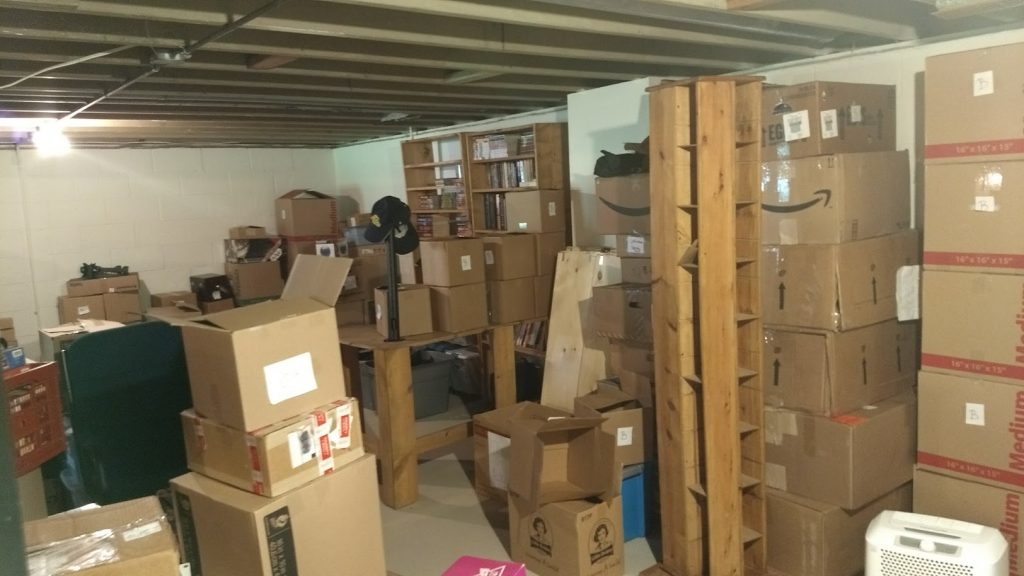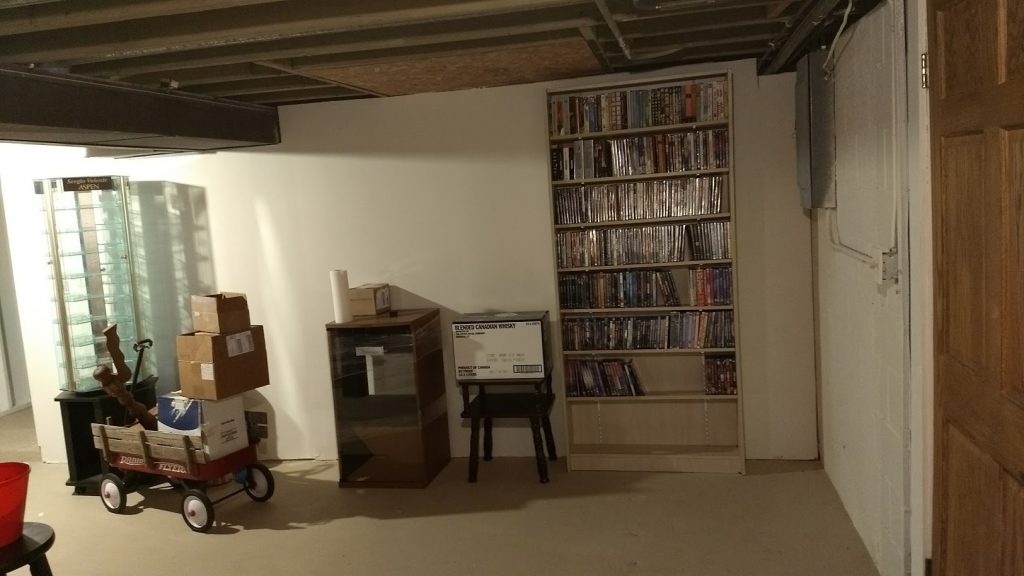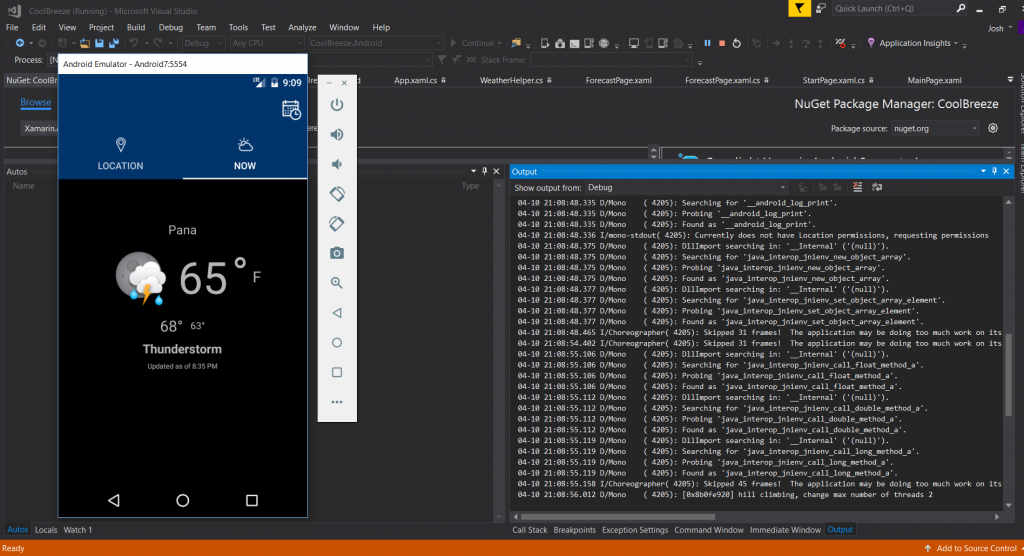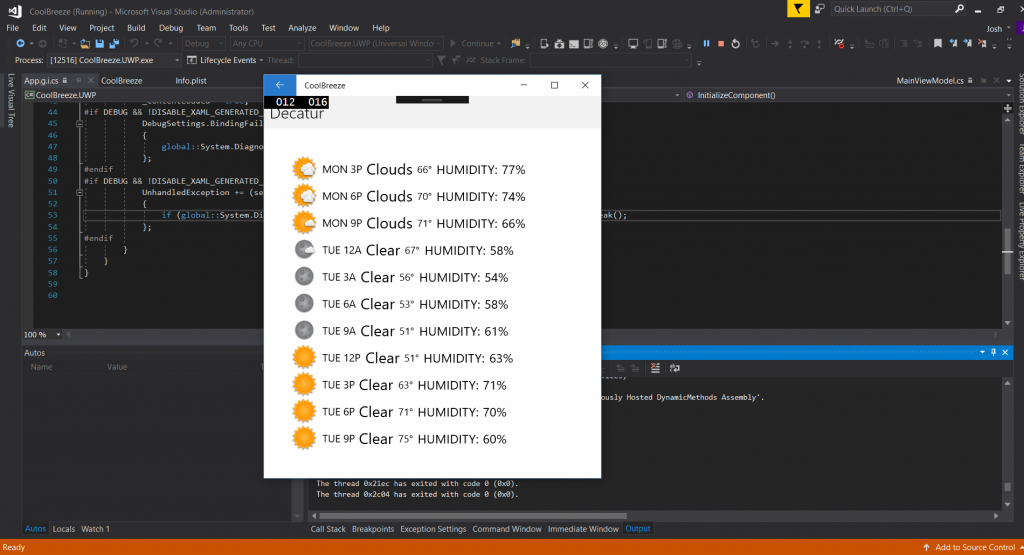Moving into a new house tends to create a lot of little projects. There’s been a few extra in the case of my new home, since it didn’t have any appliances, and was missing quire a few of the small trimmings. Things like, handles on the kitchen cabinets. It’s an easy little thing to add, a few measurements and a bit of drilling is all, but it needed done.
There’s also been quite a few larger projects. Like the appliances. The fridge and stove pretty much go right in and plug in, though the fridge needed a water line run to it to work the ice maker. Then there’s the dishwasher, which needed to be hooked up to power, and needed both a water and drain line run to it. These aren’t that bad either, punch a hole through a cabinet, drop the lines, tap into the existing sink plumbing. This whole project also involved adding a garbage disposal to the sink however, which itself required the addition of a switch the run the thing.
Little projects. Like hanging curtain rods on all of the windows.
Or putting in some railing on the front and back stairs, which was something required by insurance.
This is of course a little more involved, what with needed to drill into concrete and cut the railing to fit and whatnot. Then there’s things like hanging decorations and some display racks in my wife’s office. Or assembling shelving in the basement for my junk, which resulted in a trip to the ER when I dropped one unit on my foot while trying to tip it up, and failing to do so.
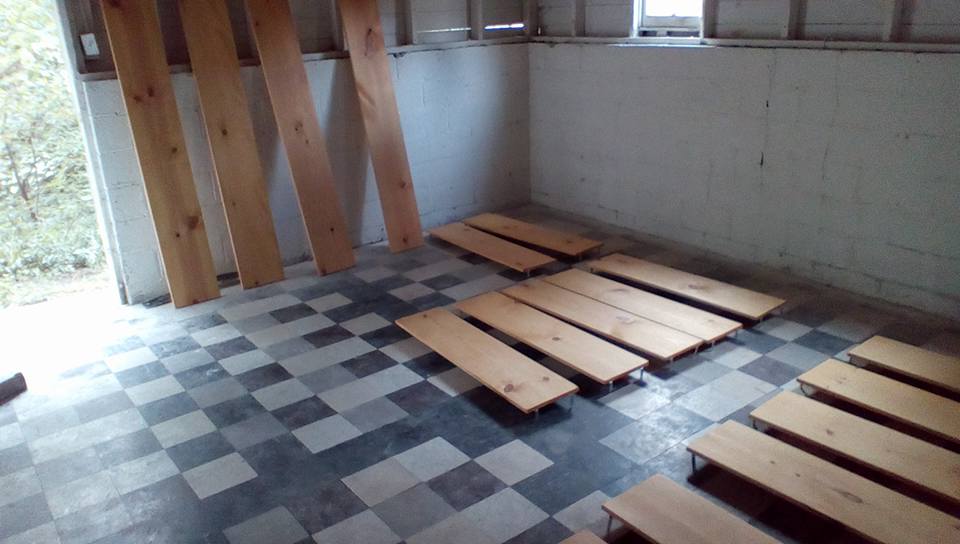
There was also the dilemma of the washer an dryer. The closet for the laundry appliances was very small, so we had to get some smaller appliances. The Washer hooked up easily enough, it just hooks to the hot and cold and existing drain. The dryer was something else completely. There wasn’t a dryer vent hole, and with the cramped space, there wasn’t a lot of room to add one. I managed to chop a hole in the wall and go down through the floor tot he open basement, where I added a bit of duct work to go out the side of the house through an existing unused hole where a vent used to exist.
Then there were the issues. Early on we discovered that the plumbing wasn’t draining properly. A call to the plumber and we found that the sewer line was blocked, and after an expensive call and some digging, the sewer was fixed. More recently there was a power issue in the basement area. I did a bit of checking on all of the junction boxes but ultimately had to get an electrician in. He tightened a lot fo connections in the breaker box and found a bad wire on the problem circuit.
Speaking of the basement, things are coming along well there as well. Just before the power issue I was in the process of adding some outlets for the TV and video game corner. Which will be pretty cool when done.
Josh Miller aka “Ramen Junkie”. I write about my various hobbies here. Mostly coding, photography, and music. Sometimes I just write about life in general. I also post sometimes about toy collecting and video games at Lameazoid.com.




